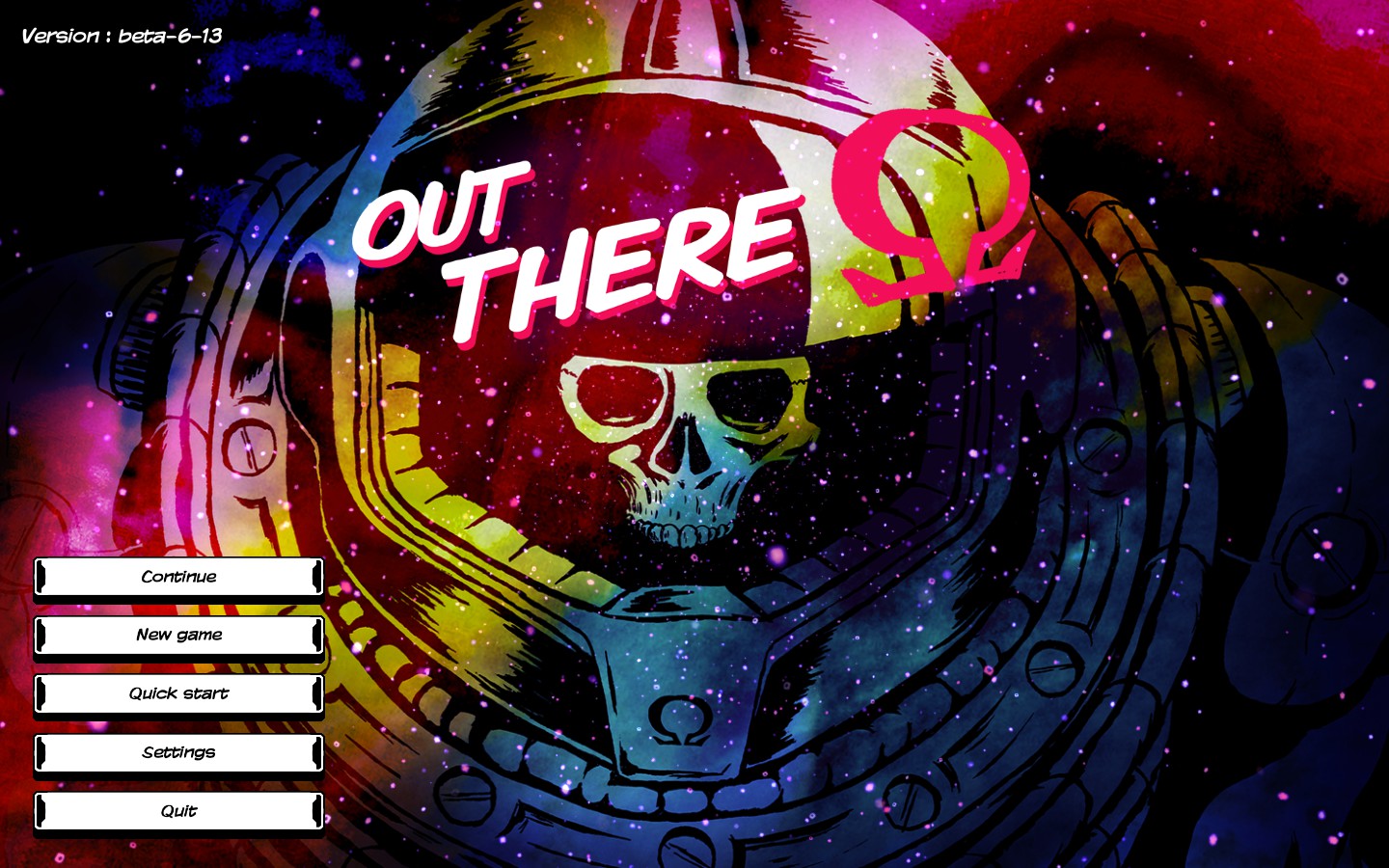
Using a badly configured (or badly written) browser add-on for blocking content.Running a "scraper" or "downloader" program that either does not identify itself or uses fake headers to elude detection.Using a script or add-on that scans GameFAQs for box and screen images (such as an emulator front-end), while overloading our search engine.There is no official GameFAQs app, and we do not support nor have any contact with the makers of these unofficial apps. Continued use of these apps may cause your IP to be blocked indefinitely. This triggers our anti-spambot measures, which are designed to stop automated systems from flooding the site with traffic. Some unofficial phone apps appear to be using GameFAQs as a back-end, but they do not behave like a real web browser does.Using GameFAQs regularly with these browsers can cause temporary and even permanent IP blocks due to these additional requests. If you are using the Brave browser, or have installed the Ghostery add-on, these programs send extra traffic to our servers for every page on the site that you browse, then send that data back to a third party, essentially spying on your browsing habits.We strongly recommend you stop using this browser until this problem is corrected. The latest version of the Opera browser sends multiple invalid requests to our servers for every page you visit.The most common causes of this issue are: We then calculate the weighted value of the two nearest entries in the side-profile texture and return that value.Your IP address has been temporarily blocked due to a large number of HTTP requests.

We calculate a radial distance from the center of the image and rescale it based on the padding value we calculated before. Now we’ll write a function that calculates a distance based on the image texture pixel to determine what color/opacity the ring should be at that radius.

Half_ring_slice = render_resized(full_ring_slice, dims = c(125,3926/2)) # r_obj full_ring_slice = png::readPNG("saturn_ring_texture.png") # Attaching package: 'rayvertex' # The following object is masked from 'package:rayrender': # date, intersect, setdiff, union library(rayimage) # Attaching package: 'lubridate' # The following objects are masked from 'package:base': This means the resized image has 37.15 km/pixel, so we need to ensure there are 66,900/37.15 = 1800 pixels of padding in the center of our ring texture before the inner radius of the ring begins. We’ll also figure out how much padding we need to add to the inner ring based on the start and end of the rings in the texture: the rings start at 66,900 km and end at 139,826 km, and our re-scaled image is 1963 pixels wide. We’ll resize it to half its size to ease our memory use when generating the full-sized texture. Sample_method = "sobol_blue",samples = 256,įirst, let’s load the image into R.
#OUT THERE OMEGA EDITION SKIP TUTORIAL CODE#
And the ellipsoid object is directly implemented in rayrender, so the planet itself can be represented in a single line of code without any further processing. The planet itself is unique in our solar system due to its extreme oblate-ness: Saturn doesn’t look correct unless you accurately represent its big equatorial bulge (which arises from its rapid 10 hour rotational period). Generating a 3D planet model itself is relatively simple, as there are many resources for planet textures out there ( here's a link to the Saturn texture from ). Let me walk you through generating a 3D version of a planet and rendering it from Earth’s perspective, using rayrender (a pathtracer in R). Question: Can we accurately simulate its appearance from Earth, given a specified date in the future or the past?Īnswer: With a little work, yes! Using R and the rayverse, of course. You can have years where the rings are prominently on display when viewed from Earth followed by periods where it almost completely disappears. Unlike the rest of the planets, which are just glorified spheres spinning through space, Saturn has a uniquely 3D appearance thanks to its extensive ring system and its 26.7 degree axial tilt. A planet the universe liked so much it put a ring on it (many rings, in fact).

Saturn! The sixth planet from the Sun and the second-largest in the Solar System, named after the Roman god of wealth and agriculture.


 0 kommentar(er)
0 kommentar(er)
